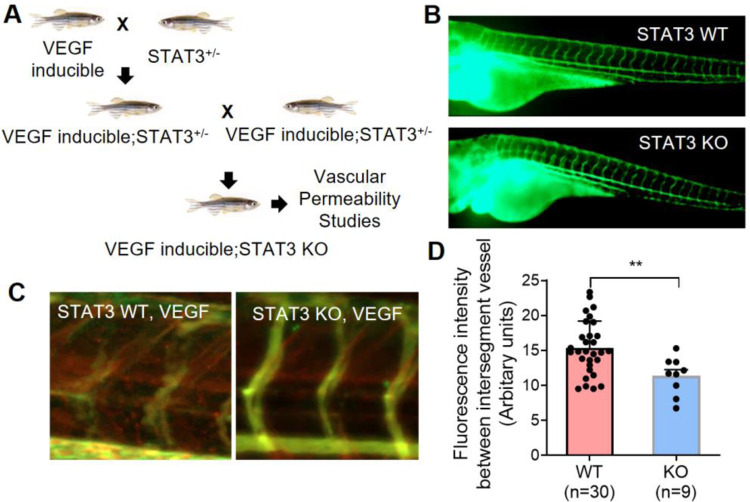Figure 2: VEGF-induced vascular permeability is reduced upon CRISPR-mediated knockout of STAT3 in zebrafish.
(A) VEGF-inducible zebrafish were crossed to STAT3+/− (heterozygous) zebrafish to generate VEGF-inducible; STAT3+/− double transgenic fish, which were intercrossed to generate VEGF-inducible; STAT3−/− (KO) zebrafish. (B) CRISPR/Cas9-generated STAT3 KO zebrafish display no overt vascular defects relative to WT. Vascular system visualized by microangiography with 2000 kDa FITC-dextran. (C) Microangiography using 70 kDa Texas Red-dextran permeabilizing tracer (red) and 2000 kDa FITC-dextran ISV marker (green) was performed on 3 days old VEGF-induced, STAT3+/+ (n=30) and VEGF-induced, STAT3−/− (n=9) zebrafish. (D) Quantitative analysis of vascular permeability upon VEGF stimulation in wildtype (STAT3+/+) and knockout (STAT3−/−) zebrafish. **P<0.01, unpaired t-test (B, C) Representative images shown were obtained using a Zeiss Apotome 2 microscope with a Fluar 5×, 0.25 NA lens at RT. ISV: inter-segmental vessel.

